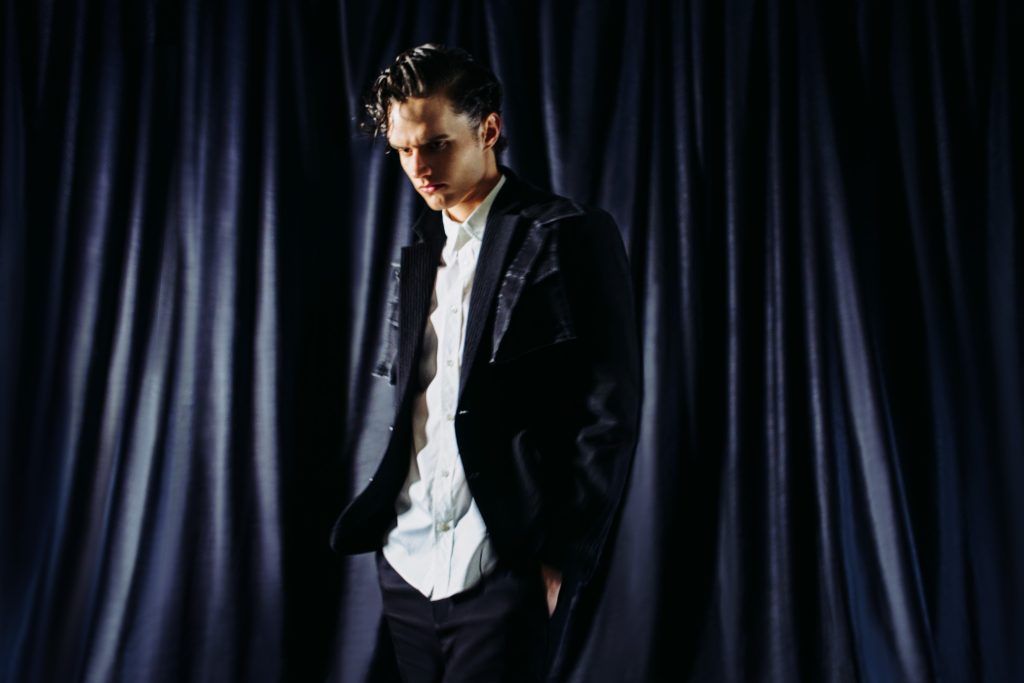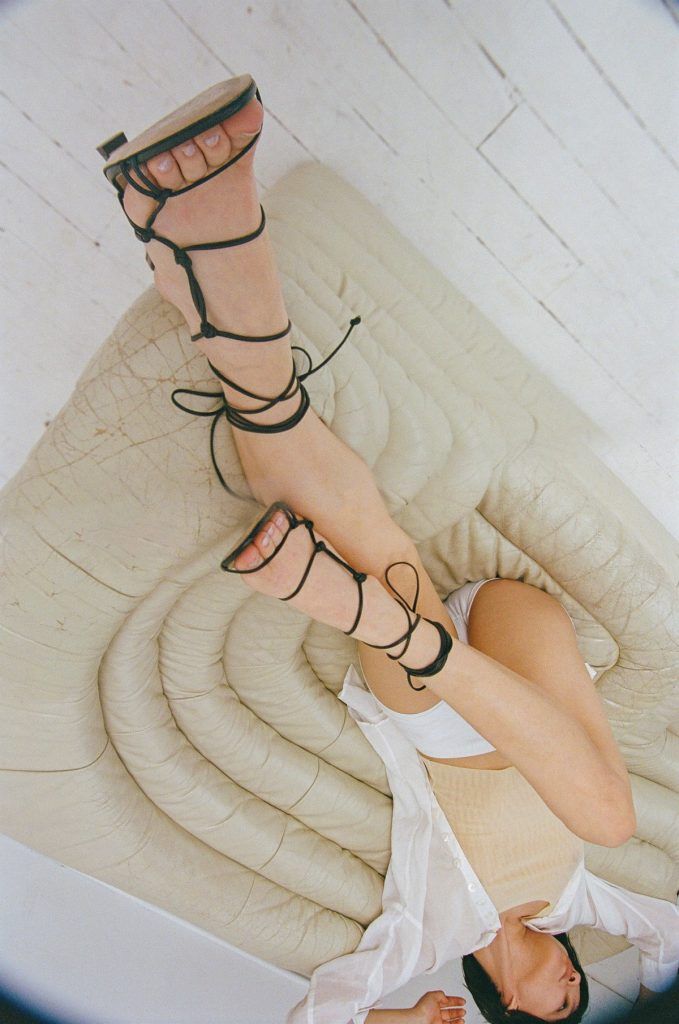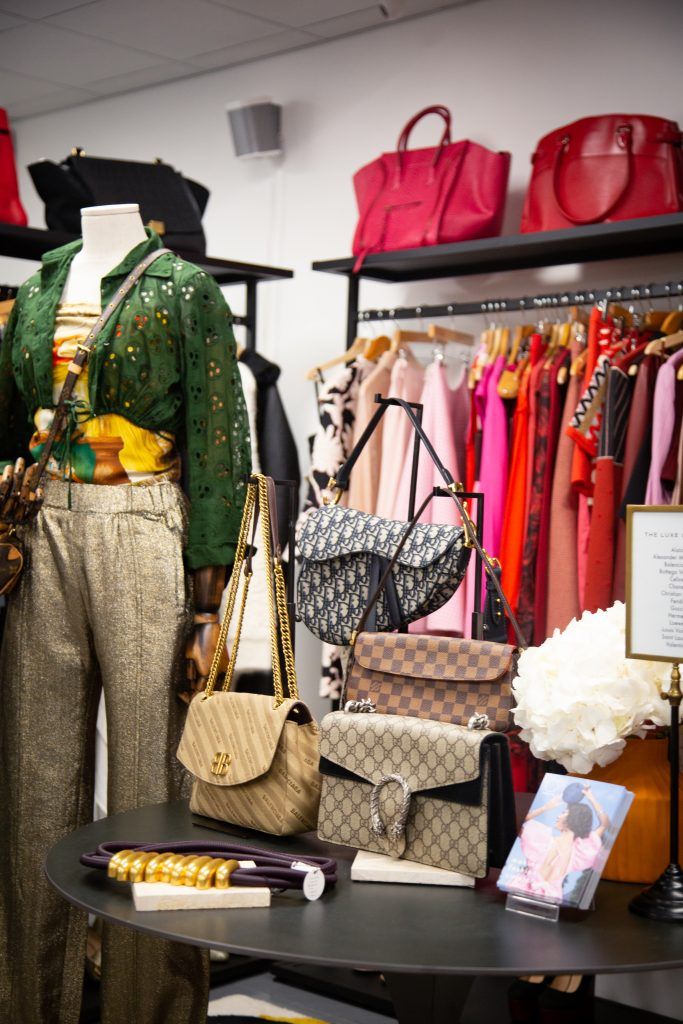Made popular by TV shows like Succession and Hollywood celebrities in courtroom fashion like Gwyneth Paltrow, “quiet luxury” is the hottest trend in luxury right now – so how does it fare in Asia?
When audiences are introduced to the character of Kendall Roy in HBO’s Emmy-winning series Succession, he’s often sporting – somewhat unexpectedly as the son of a media mogul – a casual baseball cap. Yet, as viewers learn very quickly, these hats are no ordinary headwear – crafted from lavish Italian cashmere by Loro Piana, each carries a hefty US$600 price tag.
This prime example of a “subtle flex” or “stealth wealth”, is part of a wider fashion trend right now known as “quiet luxury”. The “if you know if you know” nod between the world’s upper class echelon when it comes to sartorial choices.
Gone are the days of logomania and “look at how rich I am”. Certainly, especially among the extremely wealthy, this has been a consistent trend. The super-affluent have traditionally gravitated toward luxury brands that emphasise comfort, quality, and enduring elegance, with names like The Row, Loro Piana, and Brunello Cucinelli leading the way. Consider the image of tech billionaires, often adorned in understated and unassuming outfits – yet, it’s important not to be deceived, as these ensembles often carry substantial costs. After all, when the financial means allow for it without the need to showcase status, why not indulge?
This has all translated into the fashion world in the past few months since the end of the pandemic, accelerated by TV shows like Succession, and the emergence of “stealth wealth” in the courtroom, made popular after celebrity Gwyneth Paltrow was called to take the stand this summer.
This was then further cemented when the new fashion idiom took to our Instagram and TikTok feeds, before dominating runways and the streets. To put it simply, “quiet luxury” is all about minimalism. Putting focus on investment pieces, while being thoughtful about shopping habits. It’s about neutral colour palettes, the rejection of logos, and the realisation that investing in high-quality garments ensures durability in the long term.
What kick started this trend?
Several factors have contributed to the rise in demand for understated luxury. Primarily, the pandemic played a pivotal role. During lockdowns, as many of us stayed confined to our homes, the landscape of fashion underwent a transformation. Vibrant colours receded, possibly mirroring the prevailing mood. Additionally, a significant number of individuals evaluated their wardrobes, leading to the culling of items deemed out of season or lacking durability. This process brought forth the realisation that neutrals and uncomplicated silhouettes possess an enduring allure. The global health crisis prompted a shift in priorities, compelling consumers to prioritise exceptional product quality, longevity, and intricate craftsmanship.
“In uncertain times, people seek products that stand the test of time and offer enduring elegance,” explains Ashley Dudarenok, the founder of ChoZan and Alarice. Another key reason is the rise of UHNWIs globally, but especially in regions like China. “These UHNWIs are looking for understated and minimalist pieces that reflect their sophisticated tastes and are not easily accessible to the mass market,” adds Dudarenok.
And finally, there’s now an increasing demand for meaning behind purchases. There’s been a rise in supporting local, niche and independent brands with interesting brand stories. “This trend reflects a desire for unique, thoughtfully-crafted pieces rather than flashy logos, aligning with the concept of ‘quiet luxury’,” shares Dudarenok.
However, not everyone can afford the quiet luxury donned like the characters of Succession. So how has it become a trend adopted by the masses when it comes with extortionate price tags?
And how does it fare in Asia?
Switching from logos
For years, Asia and many regions across the globe have loved logos. Brands like Gucci, Chanel, Louis Vuitton and Dior are known for splashing their monograms all over products, and it proved to be – and still be – a very popular style.
But lately, there’s been more emphasis on quiet luxury in the region. “The quiet luxury trend is booming in Asia, particularly in China, because of the rise of the country’s Ultra-High-Net-Worth Individuals (UHNWIs) who demand high craftsmanship and superior quality in their luxury purchases,” explains Dudarenok, “These local ultra-rich consumers are more resilient in their spending, even during economic uncertainty, due to their extreme wealth and the changing socio-cultural landscape in China.”
Asia’s number of billionaires continues to grow, and luxury houses have found a new segment of consumers looking to spend more on “ultra-luxury” brands. “With a nuanced communication strategy and a focus on quality and craftsmanship, these luxury brands have successfully captured the attention of China’s affluent consumers who prioritise enduring elegance and refinement over trend-driven purchases,” adds Dudarenok.
Influence on China
While Asia is quickly picking up on this trend, China still remains less impacted overall. Most luxury consumers in China are “aspirational”, explains Dudarenok, adding that retailers are still buying 8% more products with logos than the previous year. “While the global trend of low-key luxury has seen a shift towards unlogoed and minimal brand-trace products in other regions, China seems to have a stronger preference for branded items,” says Dudarenok, “The demand for unlogoed luxury items in China is not yet saturated, providing a unique opportunity for brands to cater to the discerning tastes of Chinese consumers who value craftsmanship and quality over flashy logos.”
Nevertheless, there’s no doubt that Chinese consumers have changed their shopping habits since the pandemic.
Due to reduced flight options and increased airfare rates for travel to Europe, there has been a transition in mainland China from shopping abroad to focusing on local consumption. Meanwhile, affluent Chinese visitors, particularly business travelers who can manage the elevated travel expenses, have become the primary clientele for luxury stores in European cities like Paris and Milan. “These visitors tend to be bigger spenders, less sensitive to flight prices, and more likely to secure visas due to their larger bank accounts,” says Dudarenok. What’s more, the rise in “revenge spending”, another post-pandemic-fuelled habit, has proved to be popular in China.
Asian quiet luxury brands
While brands like Brunello Cucinelli and The Row continue to dominate the market, there are plenty of other brands that have long embraced quiet luxury.
In Asia, independent labels are owning the styles.
For Marie France Van Damme, the founder of her eponymous fashion label which has stores across Hong Kong, Singapore, Bangkok and Dubai, it’s part of their DNA. “When we started this collection, the objective was to make a collection of understated, sophisticated pieces for the woman who lives and travels the world in style,” she says, “For me, quiet luxury is a lifestyle, not a fashion trend”. Pieces range from long caftans to tunics and day dresses, with prices going upwards of US$2,700. The goal of the collections is to “fuse understated European elegance with dramatic Asian aesthetics”.
“We have seen a gradual shift over the years in the off UHNWI embracing the Marie France Van Damme label for its quiet luxury appeal,” says the designer. The brand’s philosophy is to evoke a sense of confidence and quiet elegance, and to empower all wearers, regardless of season, shape, age, or time of day.
The two customer segments, those primarily looking for logomania and those prioritising comfort and quality, aren’t comparable. “These are two very different customers. The ones buying logos are seeking status. Other customers are buying quality and heritage for themselves.”

For Hong Kong menswear designer Harrison Wong, he’s noticed a significant increase in demand for “quiet luxury” in Asia, with cities like Tokyo and Seoul, as well as in Southeast Asia, including Hong Kong and Singapore, leading the pack. His brand, known for its understated elegance, offers high-end, contemporary fashion for the modern man, with some of their most popular offerings being tailored suits, cashmere sweaters and the like.
Although quiet luxury is rising in Asia, it’s not reached its peak. “Based on regional preferences, it appears that in emerging affluent areas, the demand for extravagant displays of wealth and logomania in clothing remains dominant,” says Wong, “Therefore, it can be concluded that quiet luxury is not experiencing a significant growth in demand compared to logomania.” This perception of luxury, he explains, can vary depending on the individual.
Meanwhile, gu_de, a brand founded in Seoul, South Korea, has also been making pieces that echo the aesthetics of quiet luxury, using minimalistic silhouettes and monochrome colour palettes, but with an affordable price tag. Offering bags, ready-to-wear, shoes and accessories, its simple yet elegant approach to design makes it a fan favourite in Asia. Ji Hye Koo, the designer and founder, says she started noticing quiet luxury emerging through social media and in fashion magazines. “It is encouraging to see that more and more people are no longer looking for styles in blatant logo play or flashy and ostentatious items, but are looking for classic and basic but valuable material, fit, and details because these trends match with the values gu_de brand pursues,” says Koo.
For Koo, it’s all about timelessness and how pieces can be passed down for generations – something that is wholly embraced at gu_de. “The brand identity is implicitly expressed with the word ‘new classic’. Therefore, I would like to say that the values that the brand has been seeking since its inception are in line with quiet luxury,” she shares.
Another Seoul-based studio, Hanacha, takes quiet luxury as a trend to stay, especially amid environmental concerns in the industry. “I can see many people fed up with street and fast fashion, so people seek to find more sustainable fashion. Quiet luxury is a good start,” says director Hana Cha.
Cha says that they “didn’t mean to embrace quiet luxury” and just “followed [her] instinct and preferences in design”. “As I trust that simpler designs can last longer, the quiet luxury trend can be described as sustainable fashion for the future,” she says.

Maile Schmidt, who’s had stints in footwear design and development at Tory Burch and Halston, per WWD, launched her debut line Maile earlier this year. The footwear is simple, elegant and feminine. She says that while quiet luxury seems to be rising across the globe, she feels that Asia has always prioritised quality and function over logo-driven purchases. “Dare I say they’ve always embodied ‘quiet luxury’ and oftentimes don’t need logos to validate purchases,” she shares.
Maile footwear and accessories, she says, embodies the essence of quiet luxury. “While this is our first collection, with our fall season dropping in the next few months, we won’t be implementing logo heavy styles in future designs,” she declares, “We hope that our designs will speak for themselves and be identifiable without being too ‘in your face’”.
So where does the future of quiet luxury in Asia lie? “I think the consumer is gearing towards being less flamboyant with where they purchase items,” says Schmidt, “The need to prove or define themselves by a logo isn’t reason enough to purchase an item anymore. People definitely value quality and overall style.”
Quiet luxury in the second-hand market
Quiet luxury is oftentimes very expensive, so some aspirational shoppers are turning to the second-hand market, where not only is it cheaper but it’s also better for the environment as they’re giving these products a new life.

“They [consumers] are slowly walking away from fast-fashion, cheaply-made pieces and cheap fabrications,” says Sarah Fung, founder and CEO of Hula, a marketplace for second-hand luxury fashion goods.
Under this category, The Row, Jil Sander, Hermes, Khaite, Delvaux and Bottega Veneta, to classics have resurfaced and become hot again like Brunello Cucinelli, Max Mara and Loro Piana. Fung says the trend is more popular among the 35+ year expat community or those who have lived or studied abroad previously. “Quiet luxury has been more popular in the West for decades now – it’s the sign of ‘old-money’ versus ‘new-money’,” says Fung.
It’s about buying items with longevity – something that many luxury brands are renowned for. “Consumers are learning more about creating a capsule wardrobe – key pieces that you love and that basically go with everything and being able to maximise the number of wears,” adds Fung. Luxury products will always be more expensive, but the better the quality means the longer it will last and the more you’ll take care of it. For those who can’t afford the hefty price tags that come with some of the key pieces made famous by shows like Succession, the second-hand marketplace is a good place to start. “I have customers saying to me that they never dreamed of owning a Hermes piece before and that shopping preowned has allowed them to experience the brand finally – it’s about making luxury more accessible to consumers and offering them more choice, whereas previously if you couldn’t afford it, your choice was limited to fast fashion,” says Fung.




